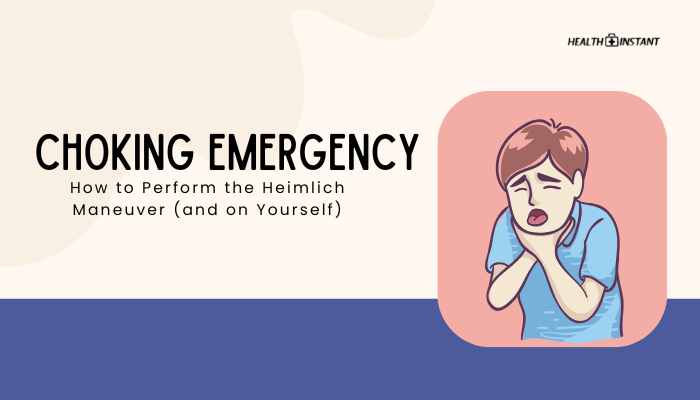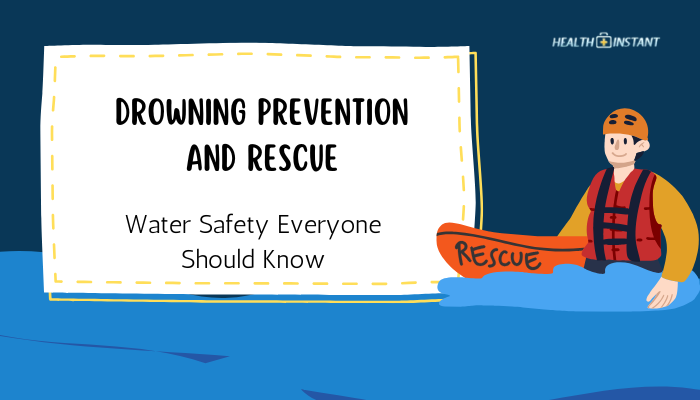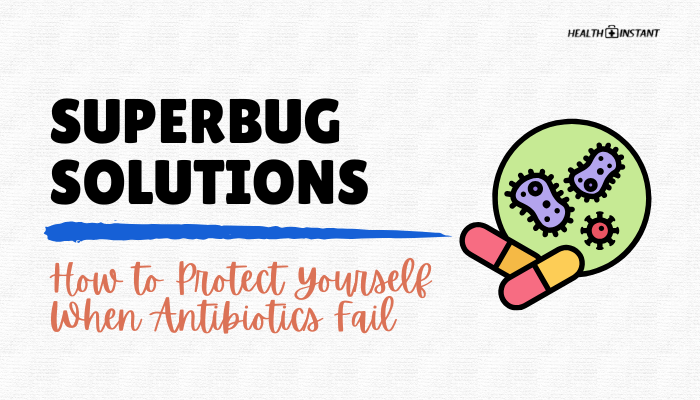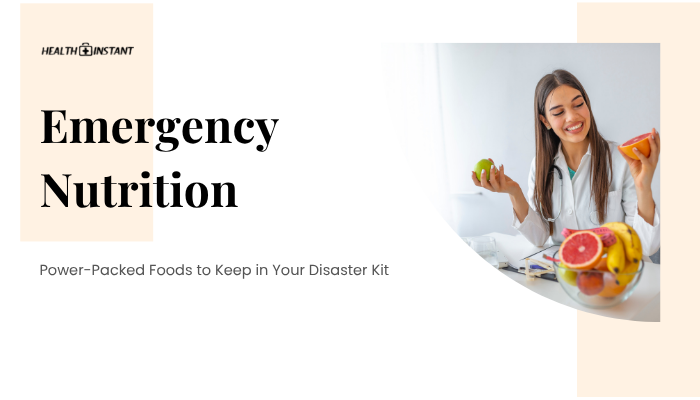Introduction
Choking emergencies often strike unexpectedly—during a family meal or a friend’s dinner party, for example. If the airway becomes blocked, quick action to dislodge the object is critical. The Heimlich maneuver (abdominal thrusts) remains a proven technique for clearing obstructions. By knowing these steps, you can keep calm and possibly save someone’s life—or your own—if choking occurs.
What Is the Heimlich Maneuver?
Developed by Dr. Henry Heimlich, the Heimlich maneuver uses abdominal thrusts below the rib cage to forcefully expel air from the lungs, thereby pushing out a foreign object lodged in the airway. It’s often the go-to response for conscious choking adults or children.
Key facts:
- Effective for large pieces of food blocking the trachea.
- Must be performed carefully to avoid rib or internal organ injury.
- Alternate methods exist for infants and individuals in whom the standard approach is ineffective.
Recognizing Choking Signs
If someone is choking, they may:
- Grab their throat (universal sign of choking).
- Exhibit an inability to speak, cough, or breathe.
- Turn blue around the lips or face (due to lack of oxygen).
- Show panicked behavior or signals of distress.
If the person can still cough forcefully or make sounds, they have a partial airway blockage. Encourage them to keep coughing. Provide the Heimlich maneuver only if the cough becomes weak, silent, or breathing stops.
How to Perform the Heimlich Maneuver on Someone Else
- Assess the Situation
- Ask, “Are you choking?” If they cannot respond, or appear to be in severe distress, act.
- Stand or kneel behind them if needed (for example, if they’re seated).
- Ask, “Are you choking?” If they cannot respond, or appear to be in severe distress, act.
- Position Your Hands
- Wrap your arms around their waist.
- Make a fist with one hand; place the thumb side of the fist against the abdomen, just above the navel and below the rib cage.
- Wrap your arms around their waist.
- Apply Upward Thrusts
- Grasp your fist with your other hand.
- Deliver quick, forceful inward and upward thrusts—like a “J” motion.
- Repeat until the object is expelled or they become unconscious.
- Grasp your fist with your other hand.
- If They Become Unconscious
- Gently lower them to the floor, begin CPR if trained, and call emergency services immediately.
- Gently lower them to the floor, begin CPR if trained, and call emergency services immediately.
Special Cases: Infants and Obese Individuals
Infants (Under 1 Year)
- Use Back Blows and Chest Thrusts
- Place the baby face-down along your forearm.
- Deliver 5 firm back blows between the shoulder blades using the heel of your hand.
- Turn the infant face-up and give 5 chest thrusts with two fingers on the center of the chest.
- Alternate back blows and chest thrusts until the object dislodges or the infant recovers.
- Place the baby face-down along your forearm.
Obese or Pregnant Individuals
- Higher Hand Placement
- Place your hands around the chest, above the stomach.
- Perform chest thrusts rather than abdominal thrusts to avoid the enlarged abdomen.
- Place your hands around the chest, above the stomach.
Performing the Heimlich Maneuver on Yourself
- Make a Fist
- Place your fist slightly above your navel, below your rib cage.
- Place your fist slightly above your navel, below your rib cage.
- Use the Other Hand for Pressure
- Grab your fist with your other hand.
- Grab your fist with your other hand.
- Thrust Upward and Inward
- Deliver quick abdominal thrusts to yourself.
- Use a firm motion, pushing your fist into your abdomen repeatedly.
- Deliver quick abdominal thrusts to yourself.
- Use a Fixed Object
- If you can’t generate enough force, lean over a sturdy chair or countertop edge, pressing the upper abdomen quickly.
- If you can’t generate enough force, lean over a sturdy chair or countertop edge, pressing the upper abdomen quickly.
Continue until you expel the object or someone comes to help.
What to Do After Dislodging an Object
- Check Breathing: The person may need additional support if coughing persists or they have chest pain.
- Monitor for Injuries: Internal bruising can occur, so if pain or discomfort remains, see a healthcare professional.
- Be Reassured: Anxiety is common after choking. Offer calm, supportive care.
Preventing Choking
- Eat Slowly and Mindfully: Chew thoroughly, especially high-risk foods like meat or chunks of fruit.
- Supervise Children: Encourage them not to talk or run around while eating.
- Cut Food Appropriately: For toddlers, slice grapes and hot dogs into small, manageable pieces.
- Avoid Laughing or Talking with Food in Mouth: Helps minimize accidental aspiration.
Conclusion
The Heimlich maneuver is a straightforward, life-saving technique every household can benefit from understanding. By quickly and confidently performing abdominal thrusts, you may prevent a fatal airway obstruction.
Don’t forget special adaptations for infants, pregnant individuals, or yourself in a solo emergency. Additionally, practicing safe eating habits reduces choking risks. With this knowledge, you’re better equipped to handle a choking crisis—one of the scariest but most preventable emergencies.
References
- American Red Cross. (2021). Choking and CPR guidelines.
- American Heart Association. (2020). Family & Friends CPR manual.
- Mayo Clinic. (2022). First aid for choking.
- American Academy of Pediatrics. (2021). Infant choking and prevention tips.
Disclaimer: This article provides general guidelines and is not a substitute for professional training. Enrolling in a certified first aid or CPR course ensures you master the Heimlich maneuver safely.







